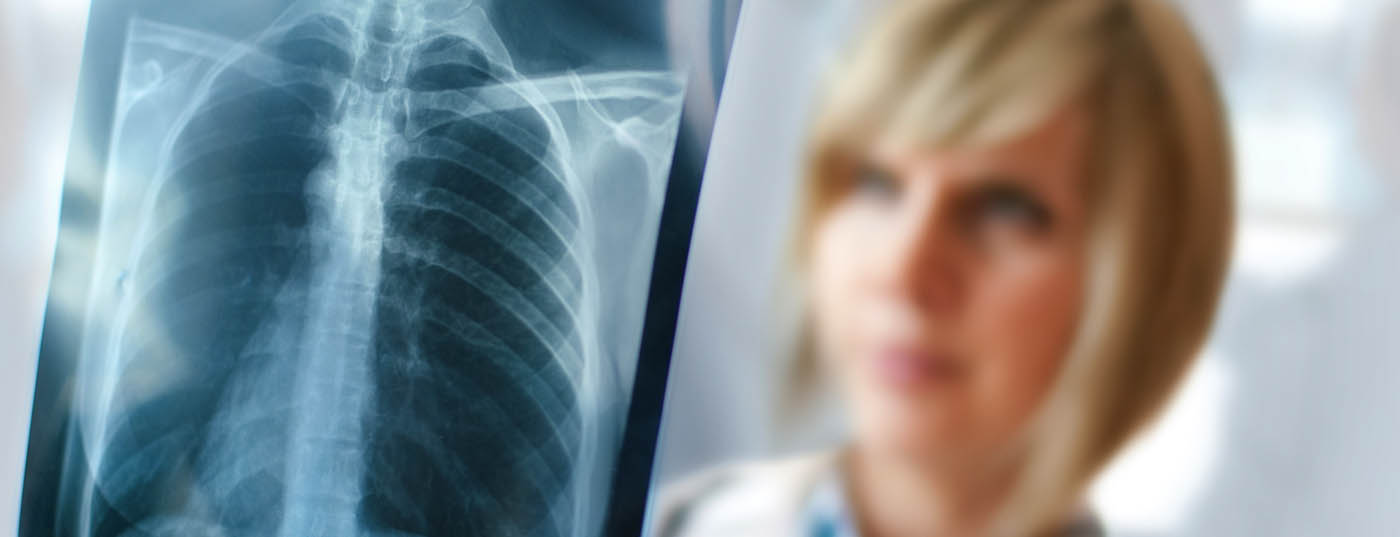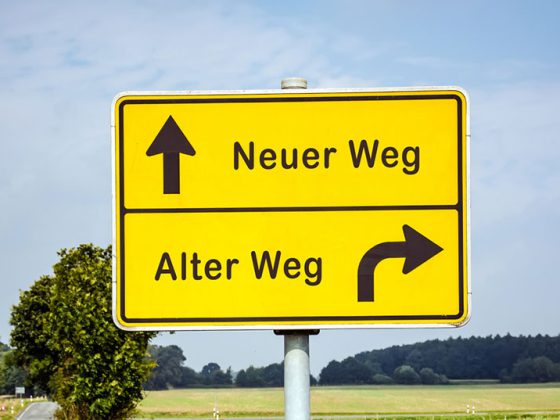Update on the management of common, non-severe, community-acquired pneumonia in children: are chest radiographs and laboratory tests recommended? How many days should antibiotic treatment be given? When and how should Mycoplasma pneumonia be treated? Experts provided answers at the 2018 Annual Meeting of the Swiss Society of Pneumology (SGP).
Community-acquired pneumonia is common in childhood and often results in antibiotic use, hospitalizations, and high costs. In the context of increasing antibiotic resistance and growing costs, evidence-based treatment with the shortest possible duration of antimicrobial therapy is important. Therefore, a German-language guideline on the management of children and adolescents with CAP (“community-acquired pneumonia”) has now been published for the first time by the German Society for Pediatric Infectiology (DGPI) and the Society for Pediatric Pneumology (GPP) [1]. Representatives of the Pediatric Infectious Diseases Group Switzerland (PIGS) and the Swiss Society for Pediatric Pneumology (SGPP) also contributed to the guideline. At the 2018 SGP Annual Meeting, Dr. Nicolaus Schwerk, Senior Physician for Pediatric Pneumology, Hannover Medical School, presented the new guideline.
Management of children with non-severe CAP
Pediatric CAP is an infection caused by bacteria or viruses with inflammation in the area of the alveoli, where cells, cell detritus, and protein-rich fluid accumulate and interfere with gas exchange. Symptoms are often nonspecific:
- Respiratory symptoms such as cough, dyspnea, thoracic pain,
- General symptoms such as fever, refusal to eat, abdominal pain, inactivity, altered vigilance (apathy, agitation).
Clinical signs that may indicate pediatric CAP include fever, tachypnea, dyspnea/dyspnea, attenuated breath sounds, muffled palpitation, tachycardia, dehydration. Fever and tachypnea are the most specific and sensitive clinical signs of pneumonia. There may also be fever only without tachypnea/dyspnea. Affected children may be free of fever.
Patients may be managed on an outpatient basis if the child is suspected to have non-severe CAP based on history and clinical examination (with accelerated breathing but without additional warning signs such as severely reduced general condition, refusal to feed, dehydration, somnolence, unconsciousness, cerebral seizures). With regard to diagnostics, the guideline recommends not performing chest radiography in non-severe CAP. Personally, the speaker advocated chest radiography because pneumonia is overdiagnosed based on purely clinical findings. He also pointed out that pneumonia diagnosis can be reliably confirmed or ruled out by experienced investigators using lung ultrasound.
The guideline states that routine blood tests should not be performed in clinically suspected non-severe CAP because, for example, CRP and leukocyte count do not reliably differentiate between viral and bacterial pneumonia. Also, virologic (rapid antigen testing, PCR) and bacteriologic testing should not be routinely performed in non-severe CAP. Throat swabs are not suitable for detecting the most common bacterial pneumonia pathogens because pneumococci, staphylococci, and Haemophilus influenzae are often found in the throat flora of healthy children.
Five-day antiobiotic therapy is sufficient
The guideline recommends that children and adolescents with non-severe CAP and with fever should be treated with antibiotics [1]. Infants and young children with nonsevere CAP without fever or with signs of bronchial obstruction should not be treated with antibiotics primarily because the infection is likely viral. The recommended duration of antibiotic therapy for non-severe CAP is now only five days (not ten days). Intravenous antibiotic therapy is not superior to oral therapy. For empiric therapy without pathogen detection, the recommended first-line antibiotic is amoxicillin (50-90 mg/kg/day perorally). For children with penicillin intolerance, alternatives may include cephalosporins (caveat: cross-reactions), macrolides, or tetracyclines starting at age nine. Macrolides and tetracyclines are also effective against Mycoplasma pneumoniae. In cases of complications, persistent fever, or influenza or measles with suspected bacterial coinfection, aminopenicillins plus beta-lactamase inhibitors or second-generation cepaholosporins (e.g., cefuroxime) are recommended.
M. pneumoniae: infection or just colonization?
“Atypical” pneumonia caused by Mycoplasma pneumoniae is most common in children between five and fifteen years of age [2]. There are no symptoms or radiological signs specific to this infection. M. pneumoniae is a bacterium without a cell wall with natural resistance to beta-lactam antibiotics. The bacterium proliferates extracellularly on the surface of the respiratory epithelium and, as a parasite, obtains the required nutrients from the host cells, reported Patrick Meyer Sauteur, MD, senior physician, infectious diseases, University Children’s Hospital, Zurich. Specific IgM appears in serum within a week after initial infection, approximately two weeks before IgG [2]. Healthy children are often asymptomatic carriers of M. pneumoniae in the respiratory tract. The usual test methods (PCR of the pharyngeal swab, IgM and IgG serology) cannot distinguish between symptomatic infection and asymptomatic carrier status. Meyer Sauteur’s research group has succeeded in developing a test that can reliably detect Mycoplasma infection in CAP patients. The test detects M. pneumoniae-specific IgM-secreting cells circulating in the blood only a few days to six weeks after primary infection, while IgM antibodies are found for months to years. The myCAP study demonstrated in children aged three to eighteen years and family members that IgM-secreting cells were detectable only in Mycoplasma-CAP but not in healthy, asymptomatic Mycoplasma carriers with positive PCR in the pharyngeal swab.
Mycoplasma pneumonia: when and how to treat?
Mild to moderate CAP does not require antibiotic therapy specifically directed against M. pneumoniae because the disease is self-limiting, the speaker said. It is probably not so much the mycoplasmas themselves that are responsible for the clinical picture, but rather the immune response of the body. For severe pneumonia, he recommended clarithromycin in children under eight years of age or doxycycline from eight years of age.
Source: Presentations “Diagnosis and treatment of pediatric community acquired pneumonia, new guideline” (N. Schwerk) and “Mycoplasma pneumoniae: infection or harmless colonization?” (P. Meyer Sauteur) as part of the Pediatric Respiratory Infections Session. Joint Annual Meeting of the Swiss Society of Pneumology and Partner Societies, St. Gallen, May 25, 2018.
Literature:
- Rose M et al: S2k guideline “Management of community-acquired pneumonia in children and adolescents (pediatric community-acquired pneumonia, pCAP),” 2017, AWMF registry no. 048-013.
- Meyer Sauteur PM et al: Infection with and carriage of Mycoplasma pneumoniae in children. Front Microbiol 2016; 7: 329.
HAUSARZT PRAXIS 2018; 13(7): 47-48











